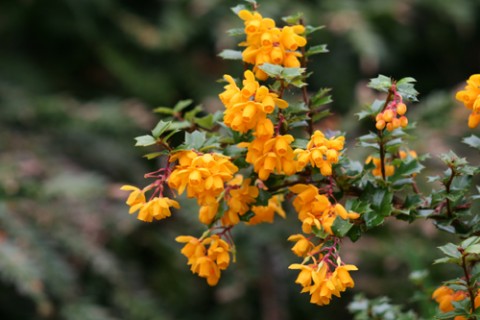
Darwin’s barberry (Berberis darwinii) is one of many flowering plants that attract bees and other pollinators. Photo: Richie Steffen, Great Plant Picks.
One of the best things you can do to honor National Pollinator Week, June 20-26, is to plant wildflowers, flowering shrubs and native plants in your garden. Bees, butterflies and other pollinators use nectar as their primary food source.
Choose plants that bloom at different times of year, so you have nectar available for pollinators throughout the growing season. And your garden will be more attractive, with flowers from spring until fall.
Here are a few lists of plants that pollinators will appreciate.
- Seattle’s Best Pollinator Plants from the Urban Bee Project
- Pollinator Plants for the Maritime Northwest from the Xerces Society
- Plants for Bees from Great Plant Picks
Find out more about attracting and protecting pollinators from The Xerces Society for Invertebrate Preservation. Their web site has a wealth of information, including identification guides, plant lists, fact sheets and more on bees, butterflies and other pollinators.
